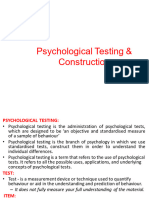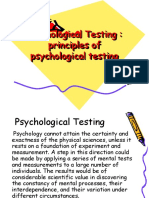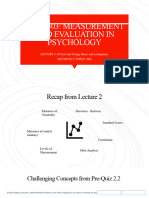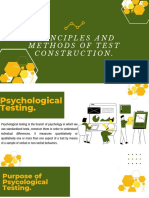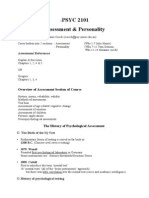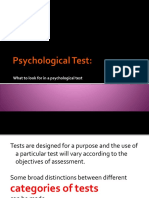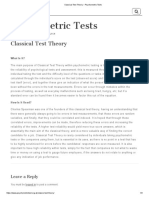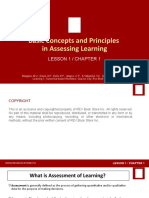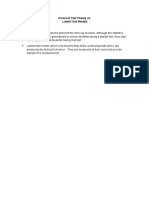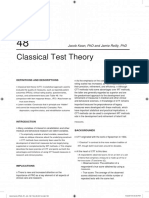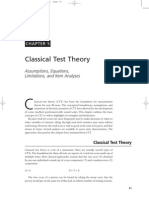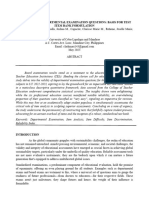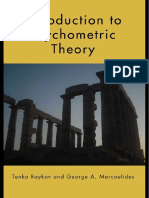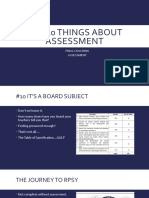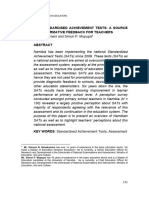0% found this document useful (0 votes)
46 views43 pagesPsy. Testing
The document provides a comprehensive overview of psychometrics, focusing on the science of psychological assessment, including measurement issues, test construction, standardization, and biases in testing. It outlines the objectives of psychometric training, the characteristics and classifications of psychological tests, and the processes involved in test construction and item analysis. Additionally, it addresses ethical, cultural, and social issues related to psychological testing and the factors influencing test performance.
Uploaded by
Tanmay L. JoshiCopyright
© © All Rights Reserved
We take content rights seriously. If you suspect this is your content, claim it here.
Available Formats
Download as PDF, TXT or read online on Scribd
0% found this document useful (0 votes)
46 views43 pagesPsy. Testing
The document provides a comprehensive overview of psychometrics, focusing on the science of psychological assessment, including measurement issues, test construction, standardization, and biases in testing. It outlines the objectives of psychometric training, the characteristics and classifications of psychological tests, and the processes involved in test construction and item analysis. Additionally, it addresses ethical, cultural, and social issues related to psychological testing and the factors influencing test performance.
Uploaded by
Tanmay L. JoshiCopyright
© © All Rights Reserved
We take content rights seriously. If you suspect this is your content, claim it here.
Available Formats
Download as PDF, TXT or read online on Scribd
/ 43



